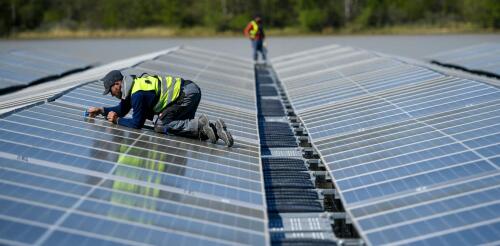War
As wars grind on in Ukraine and Gaza, another location ravaged by conflict is taking steps to implement a historic peace agreement. From the mid-1960s through 2016, Colombia was torn by conflict between the government, leftist guerrilla movements and right-wing paramilitary groups. Now the government and rebels are working to carry out a sweeping accord that addresses many critical sectors, including environmental damages and restoration. University of Notre Dame researchers Richard Marcantonio and Josefina Echavarria Alvarez study peace and conflict issues, including their effects on the environment. They currently are advising negotiations between the Colombian government and several rebel factions over wartime damage to soil, water and other natural resources. They explain that while Colombia’s transition from war to peace has been difficult, the accord offers a model for addressing the ravages of war in places such as Gaza and Ukraine. Is it common for peace settlement...
The year 2022 was a tough one for the growing number of people living in food insecurity and energy poverty around the world, and the beginning of 2023 is looking bleak. Russia’s war on Ukraine, one of the world’s largest grain and fertilizer feedstock suppliers, tightened global food and energy supplies, which in turn helped spur inflation. Drought, exacerbated in some places by warring groups blocking food aid, pushed parts of the Horn of Africa toward famine. Extreme weather disasters have left trails of destruction with mounting costs on nearly every continent. More countries found themselves in debt distress. But below the surface of almost weekly bad news, significant changes are underway that have the potential to create a more sustainable world – one in which humanity can tackle climate change, species extinction and food and energy insecurity. I’ve been involved in international sustainable development for most of my career and now teach climat...

